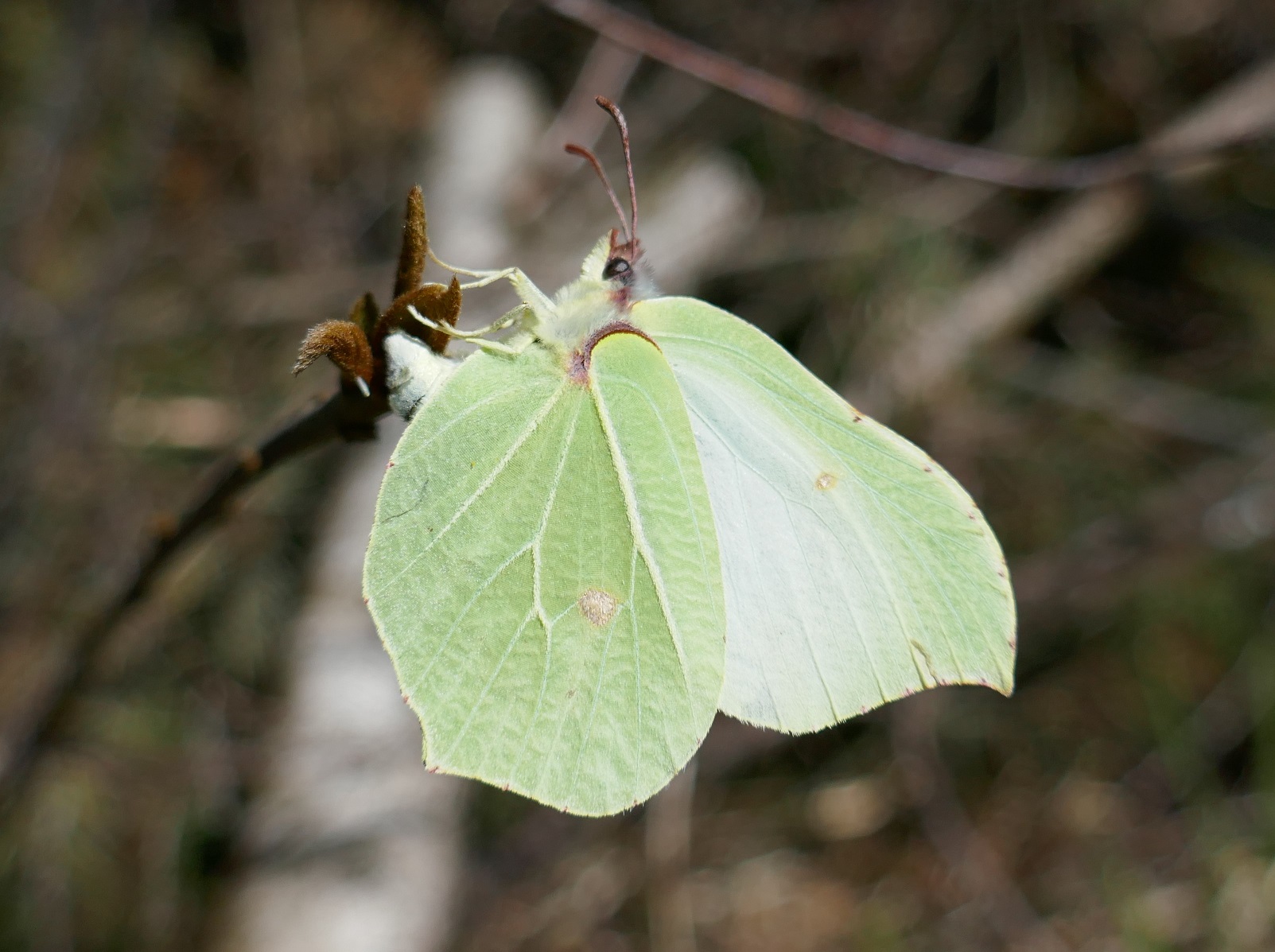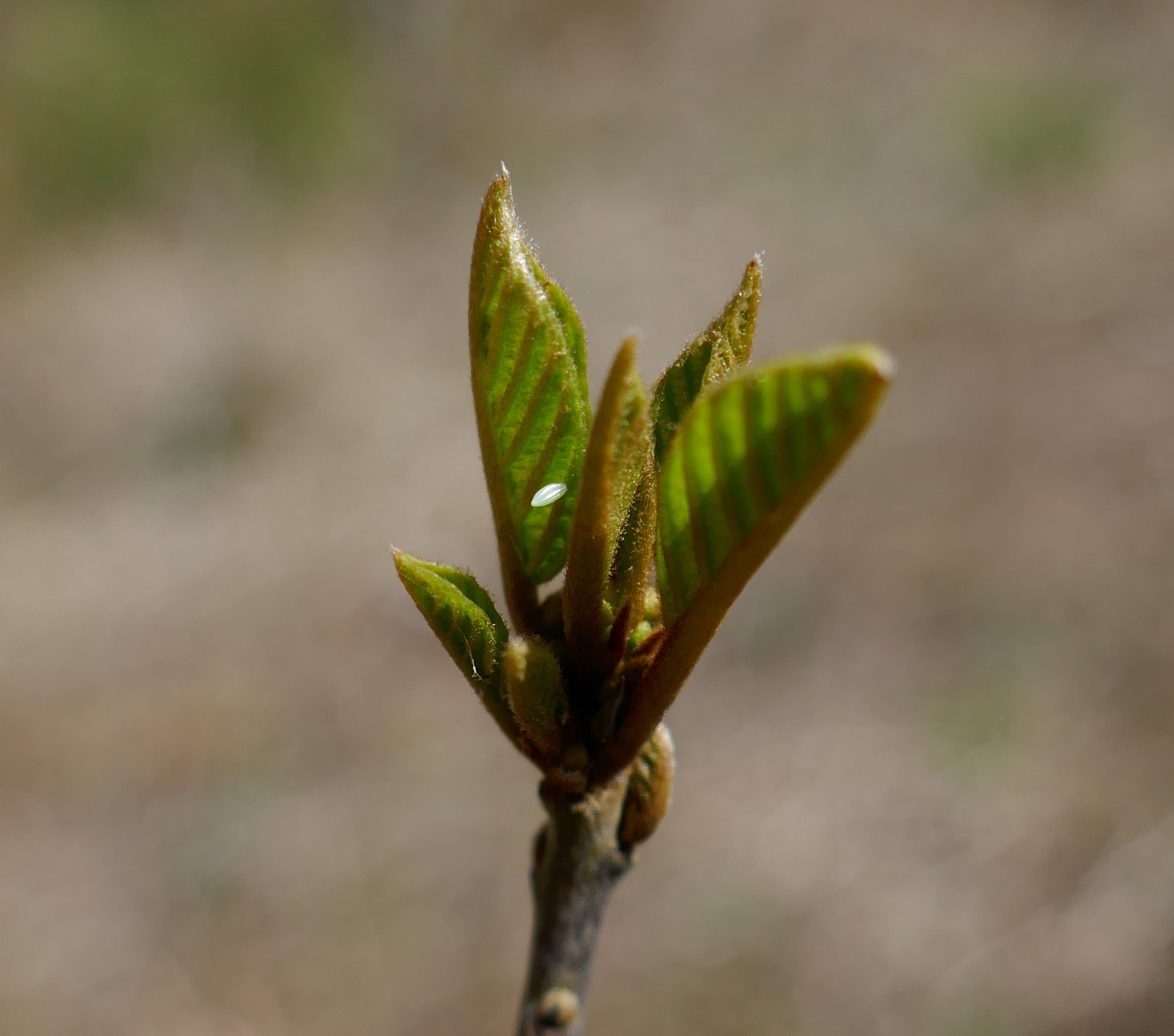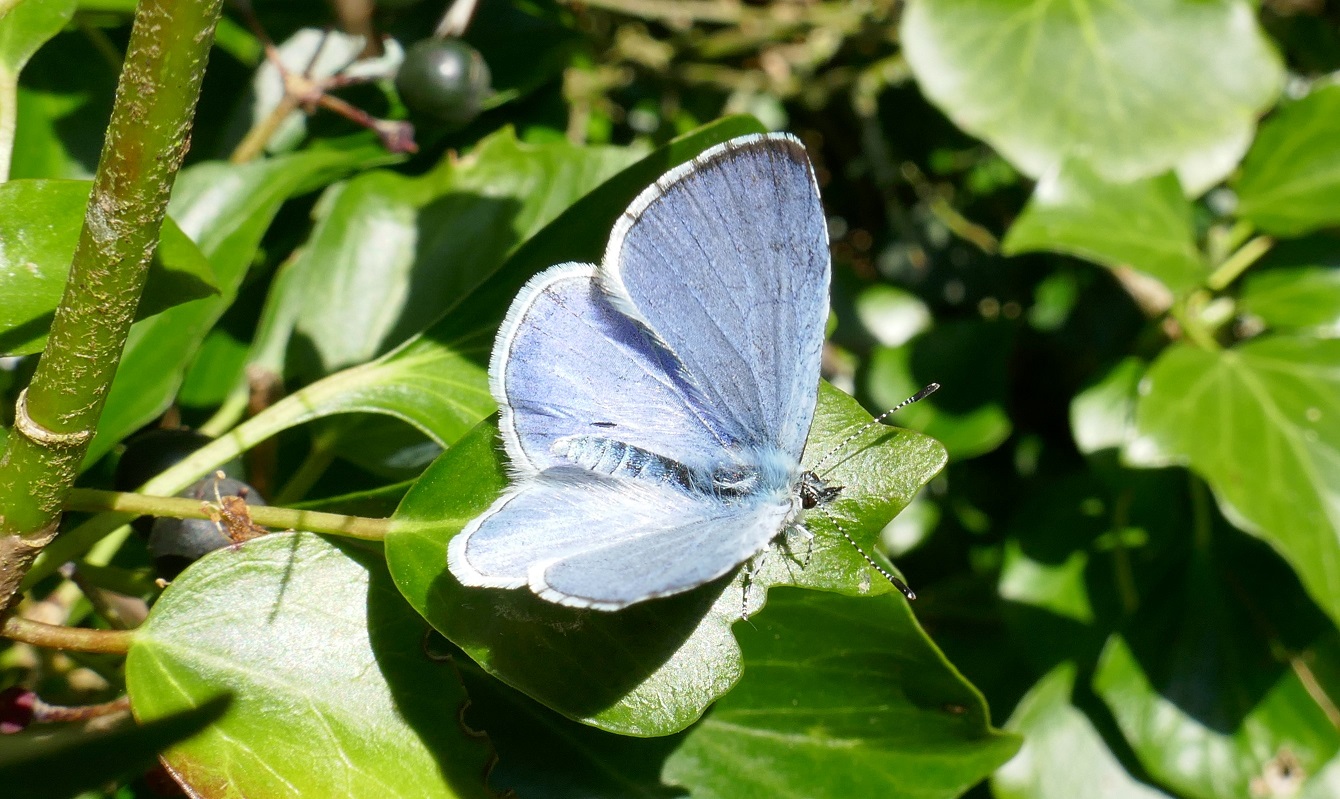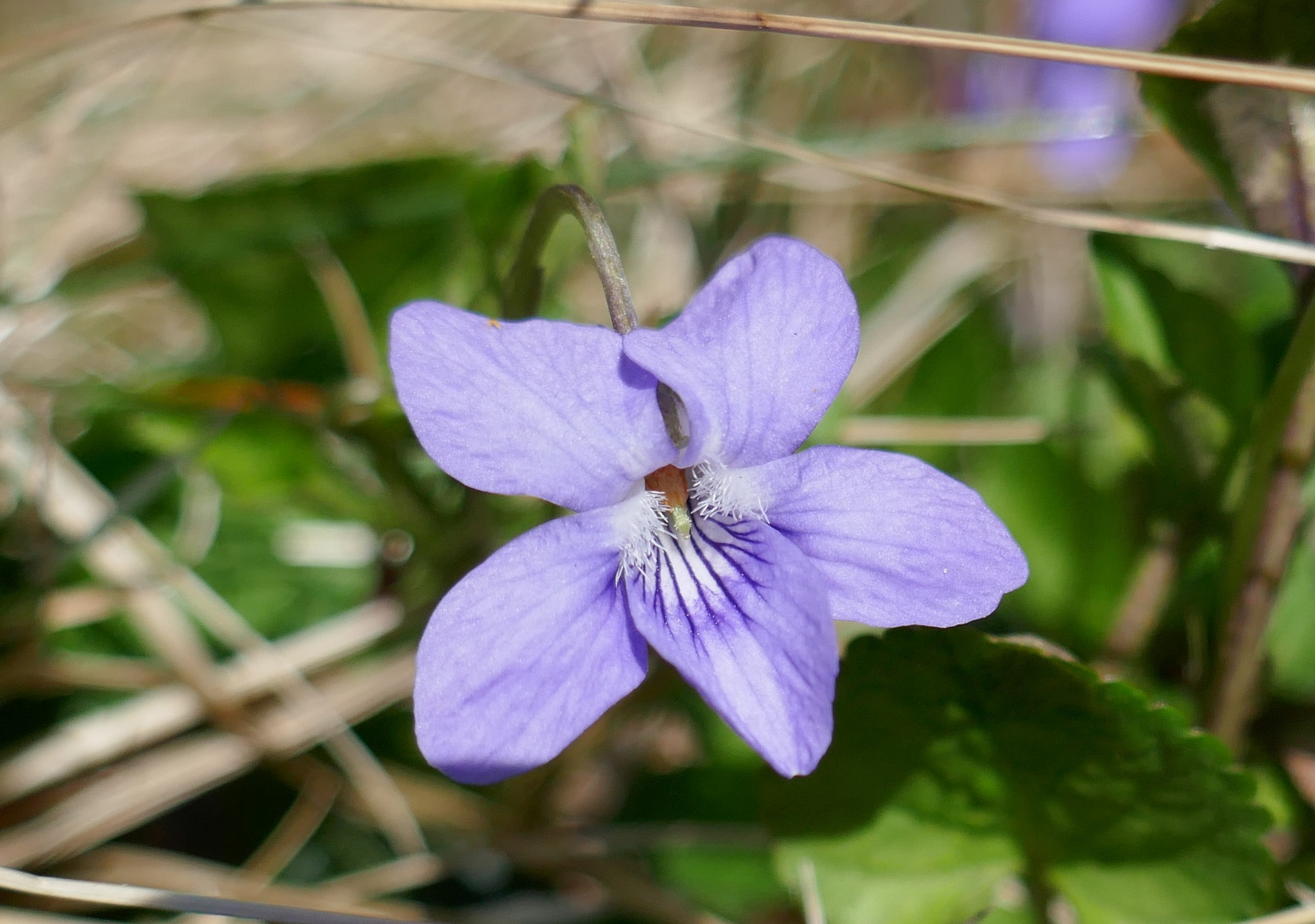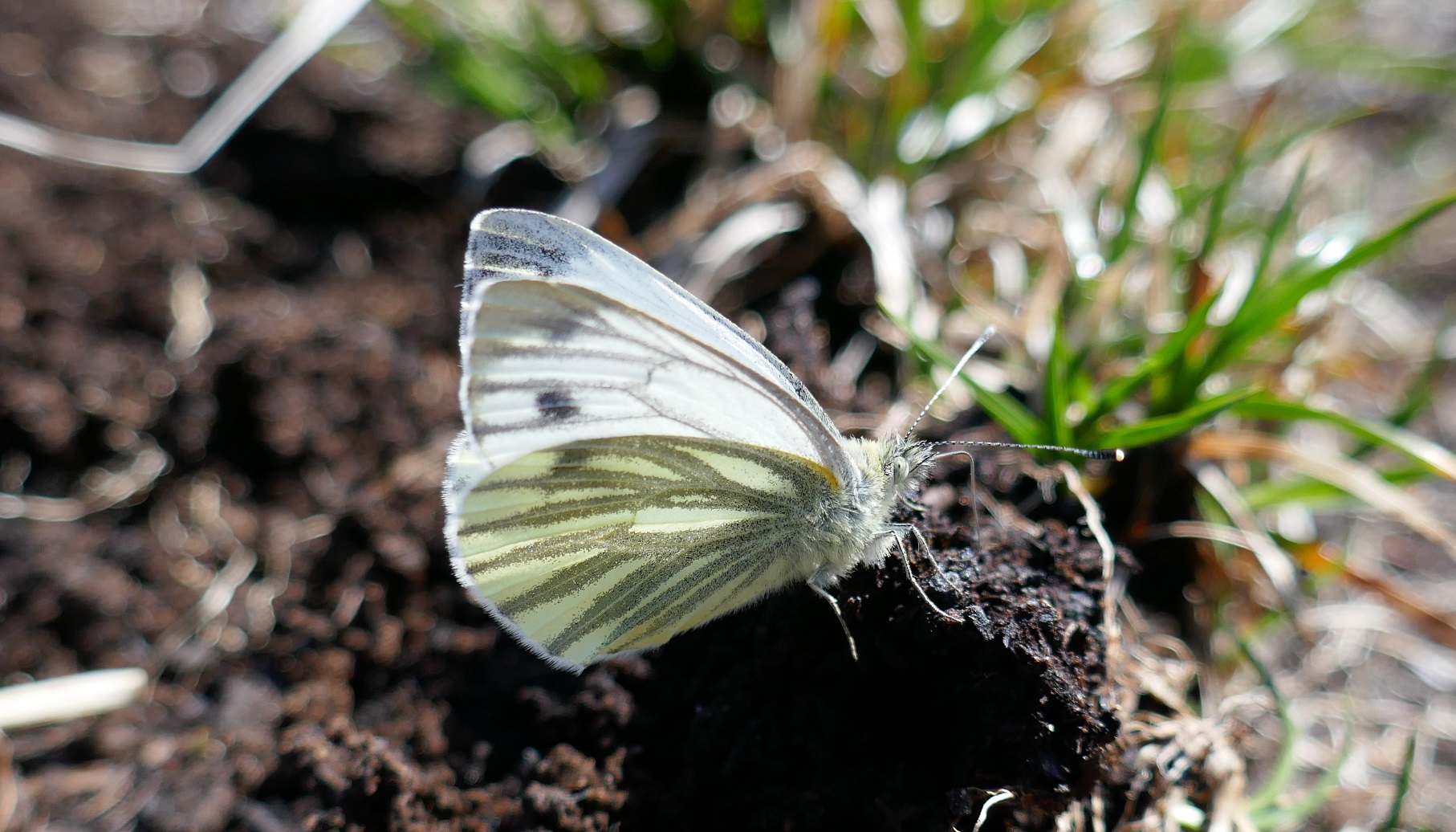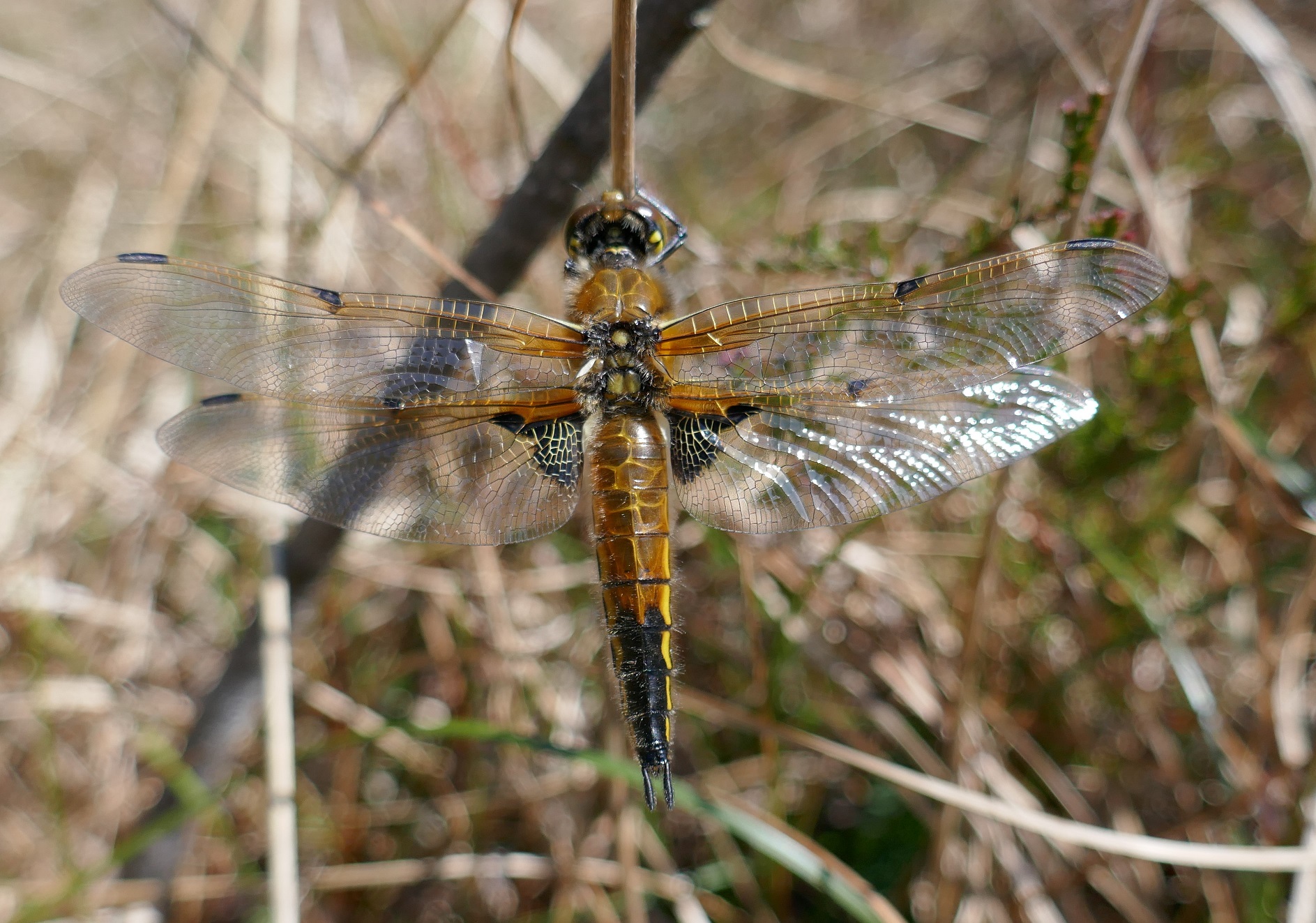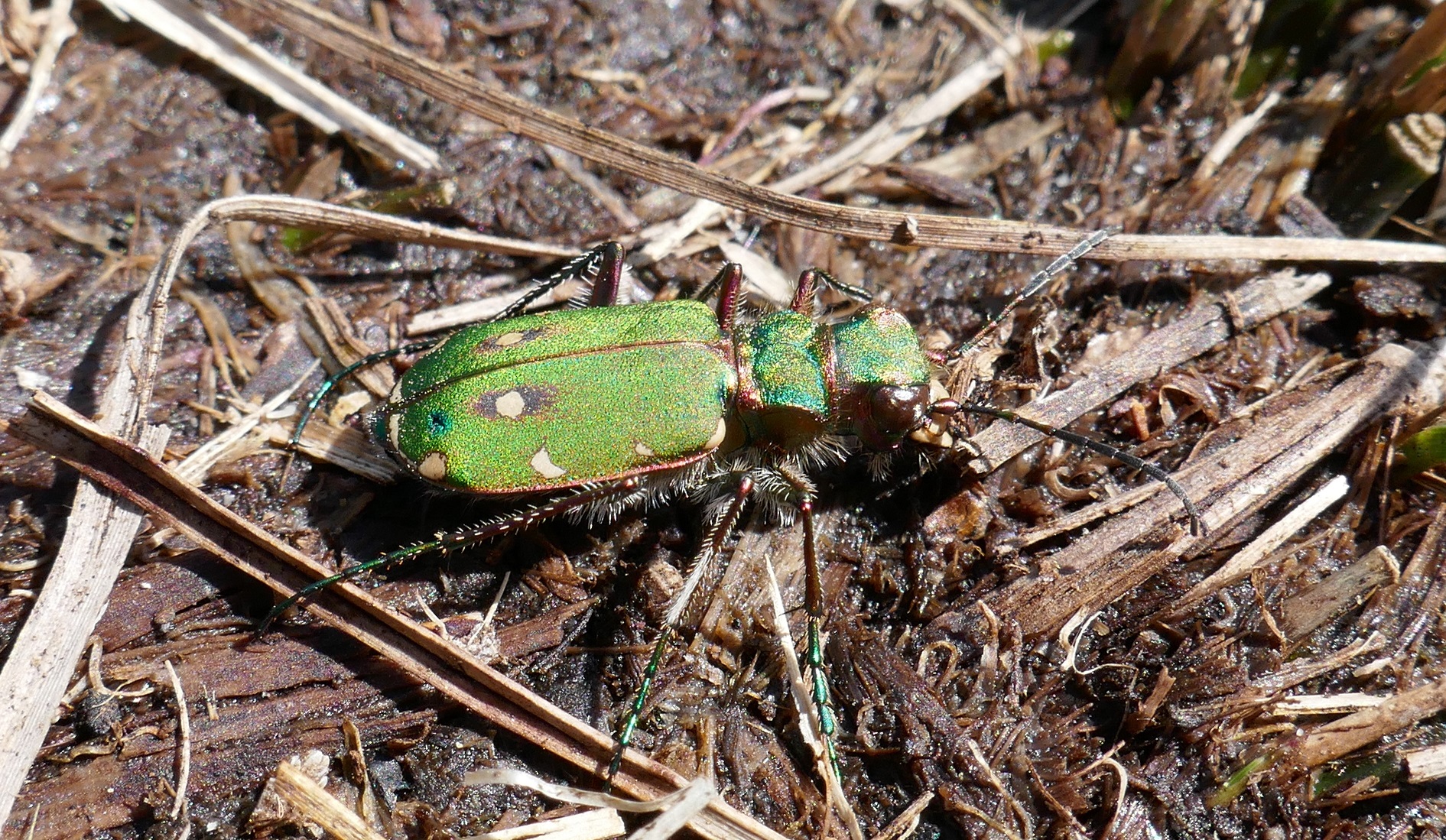Spring has really made its presence felt over the last week, with abundant sunshine bringing nature to life. Birdsong seems constant, with Blackcap, Chiff-chaff, Willow Warbler, Song Thrush pouring their music from scrub and hedges everywhere. The Barn Swallow arrived in early April and the Cuckoo has been heard in Donegal.
The Brimstone is on the wing in its open woods and scrub habitats that contain its breeding plants, Purging Buckthorn and Alder Buckthorn. Orange-tips, emerging later than in recent years, are now flashing their gleaming, high-vis orange tips in bright sunshine while the less showy females already looking for egg-sites. Green-veined Whites are emerging too-a species to watch, given a recent decline. Large Whites and Small Whites are now hatching from their pupae and exiting the gardens where they pupated last autumn. Speckled Woods are out too-less conspicuous than the whites, but can be seen fluttering around grassy scrub and hedge edges edged with wild grasses.
Holly Blue, a much smaller butterfly than any mentioned so far, is highly prominent because their shining lilac-blue gleams in the sun. This active butterfly loves suburban and urban gardens with holly and ivy, the breeding plants for the first and subsequent generations respectively.
Comma, Peacock and Small Tortoiseshell butterflies are found in and around their Stinging Nettles, the food plant for their caterpillars. Males are quite territorial-while the sexes look identical, males will fly after any object thrown in the air, while the females ignore it.
Spring butterflies are at the mercy of the weather. Spring can collapse into winter very suddenly, and when this happens for a prolonged time, spring can be over for these early season fliers. In short, enjoy the Orange-tips, Brimstones and the rest of spring’s insects, two of which are featured below, while they are here!
